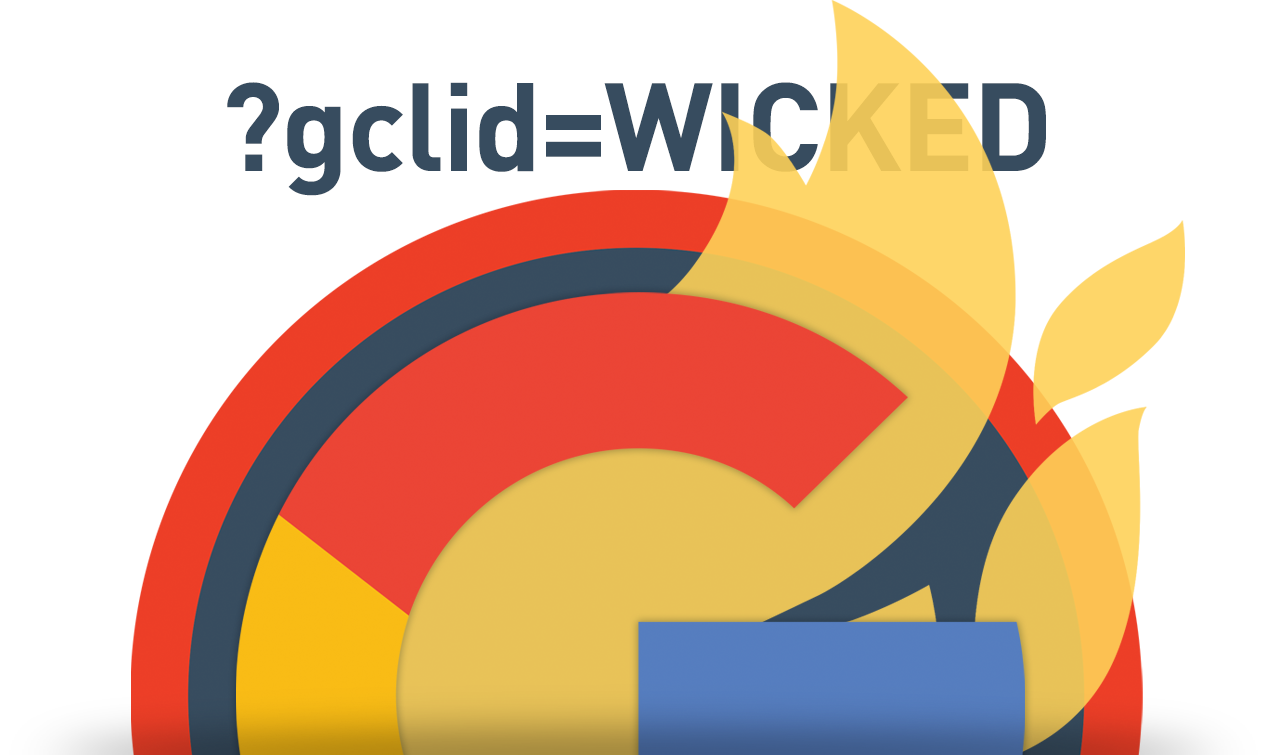8 min read
Exploring AI Ecommerce Trends: What's Changing in 2025?
Mar 26, 2025 by Scott Desgrosseilliers
2 min read
A High Level Comparison between Wicked Reports, Elevar, and Blotout
Mar 5, 2025 by Scott Desgrosseilliers
5 min read
Boost Your Sales with E-commerce Marketing Analytics
Mar 5, 2025 by Scott Desgrosseilliers
7 min read
Boost Your ROI with Google Analytics Attribution Insights
Feb 17, 2025 by Scott Desgrosseilliers
4 min read
Solving Meta Algorithm Problems: Impact on Tech and Ads
Feb 10, 2025 by Scott Desgrosseilliers
4 min read
Boost Sales with Smart Facebook Prospecting Campaigns
Jan 20, 2025 by Scott Desgrosseilliers
3 min read
Smart Strategies to Increase Average Order Value Today
Jan 8, 2025 by Scott Desgrosseilliers
5 min read
Email Marketing Benchmarks: A Data-Driven Approach to Optimization
Nov 19, 2024 by Scott Desgrosseilliers
4 min read
Why Google analytics 4 fails at tracking conversions and what to do instead
Nov 18, 2024 by Scott Desgrosseilliers
4 min read
Meta Automatic Campaign Adjustments: Should You Be Worried?
Nov 8, 2024 by Scott Desgrosseilliers
6 min read
Exploring Attribution Modeling Types for Better ROI
Oct 12, 2024 by Scott Desgrosseilliers
6 min read
Gclids, Gbraids Wbraids - what is going on?
By Scott Desgrosseilliers on May 4, 2021 4:12:54 PM
Most Google advertisers understand that Google click IDs (known as GCLIDs) can help power Google Ad smart bidding campaigns when they are captured and uploaded back to Google.
However, GCLIDs have recently started “disappearing” in some cases, and/or being replaced by GBRAIDs and WBRAIDs in certain instances. Why is this happening?
It all comes down to changes Google has made in the wake of Apple’s iOS14.5 software update.
NOTE: Apple has done it again with IOS 17. To read about why GBRAIDS and GCLIDS are doing to "disappear", click here https://www.wickedreports.com/blog/ios-17-link-tracking-protection
In summary, if a click is coming from an iOS device, and the user has opted out of tracking, you will see either a GBRAID or WBRAID, depending on criteria you can read about below.
If your Google Ad click is coming from a NON-iOS device, you will still see GCLIDs and be able to optimize them as normal.
Here are all of Google’s resources on this change: https://support.google.com/google-ads/answer/10417364
Bidding considerations for impacted campaigns
Campaigns using Smart Bidding will continue to set bids based on the most accurate measurement available. However, we recommend that you prepare for the above changes by closely monitoring the performance and delivery of all campaigns serving on iOS traffic and, if necessary, make adjustments to budgets and Smart Bidding CPA or ROAS targets to help you achieve your goals. For example: If you would like to increase spend, you can raise CPA targets or lower ROAS targets as needed.
Overview
When Apple’s ATT policies take effect, we will no longer send the Google click identifier (GCLID) for ads on iOS 14 traffic coming from impacted Google apps. This new ATT compliant parameter, known as “wbraid”,replaces gclid on most iOS surfaces. Advertisers should ensure that the destination websites in their advertising campaigns can receive an additional passed URL parameter and that any web attribution systems they may have can support this parameter, when needed. On non-iOS surfaces, “gclid” will continue to serve as the primary mechanism by which we attribute conversions. Please note that search is not affected by this change, and will continue to use gclid.
Q: What should my advertiser do to ensure they are prepared?
A: As a best practice, we recommend the advertiser implement One Google Tag (OGT) (gTag.js and/or Google Tag Manager).
In addition, a small percentage of advertisers may need to ensure their site is able to accept arbitrary URL parameters by following the directions here -> https://support.google.com/google-ads/answer/1033981
Q: How does this new parameter work?
A: Similar to GCLID, this new parameter is dropped in a 1st party cookie set by A Google Tag (including gTag.js, gtm.js, and analytics.js linked to an ads account) when a user lands on a page after clicking on an ad. This parameter helps attribute conversions back to ad campaigns but does not uniquely identify the user.
Q: Why is this new parameter ATT compliant but gclid is not?
A: This new parameter uses techniques that ensure it cannot be tied back to any one individual user. wbraid uses aggregation techniques to ensure ATT compliance. We are exploring additional techniques like deidentification, in line with Apple’s ATT policies.
Q: What is the visible impact of this change?
A: This is a backend change that advertisers will not see in the Google Ads UI (front-end). The new parameter will be dropped in a 1st party cookie by default and this parameter will be used to pass conversions to your Google measurement solutions in an ATT compliant manner. As always, advertisers can opt out of 1st party measurement all together which will disable use of GCLID as well as this new parameter. Advertisers may see this new parameter present in some URLs that originate on iOS traffic
Q: What is the difference between the “gbraid” and “wbraid” parameters?
A: Both parameters function similarly, in that they are added to the URL (in place of historical identifiers) to measure when the ATT prompt is not accepted. Both parameters also use aggregation techniques to attribute conversions. However, notable differences exist as well:
| Gbraid | Wbraid | |
| Where is it used? | App measurement (deep linked campaigns) | Web measurement |
| What campaign types? | Search/Shopping | YouTube/Display/Discovery |
| Example? | Web→ App. Joe clicks on a web ad for shoes, which takes him to a popular shoe app. In the app, Joe purchases a pair of shoes | App → Web. An ad for shoes runs in the YouTube app. Joe clicks on the ad and it takes him to the shoe brand’s website. On the site Joe purchases a pair of shoes |
| Reporting Granularity | No change to reporting granularity | No change to reporting granularity |


